Scientists from the Institute of Physical Chemistry of the Polish Academy of Sciences and the Warsaw University of Technology have developed an innovative method for safely handling extremely hazardous organometallic compounds.
The discovery by Prof. Janusz Lewiński’s team, published in the prestigious journal Science Advances, could revolutionize the way pyrophoric reagents are handled in laboratories around the world.
Organometallic compounds, such as dialkylzinc (ZnR₂), play a key role in modern chemistry—they are widely used in synthesis, catalysis, and nanotechnology. Unfortunately, their exceptional reactivity and ability to spontaneously combust make working with them a serious risk. This may now change, thanks to a breakthrough encapsulation method.
Prof. Lewiński’s team has proposed an innovative solution involving “enclosing” these reactive molecules in specially designed monocrystalline coordination structures – so-called “crystalline sponges.”
The newly developed method also allows the separation of mixtures of organometallic compounds – thanks to the unique conditions prevailing in microporous capsules, it is possible to selectively capture specific molecules, such as ZnMe₂ from a mixture with ZnEt₂.
One of the greatest advantages of this technology is the possibility of controlled release of enclosed reagents by gently heating or dissolving the crystal structure. This means that hazardous substances can not only be stored safely, but also used in a precise and predictable manner, which is of great importance for both research laboratories and the chemical industry.
The scientists’ discovery not only increases the safety of working with chemical reagents but also opens up new possibilities in research into their structure and applications. This is a significant step forward in organometallic chemistry and an example of innovation that can find practical applications in many areas of industry and science.
The research was funded by the National Science Centre under the MAESTRO 11 grant (No. 2019/34/A/ST5/00416).






